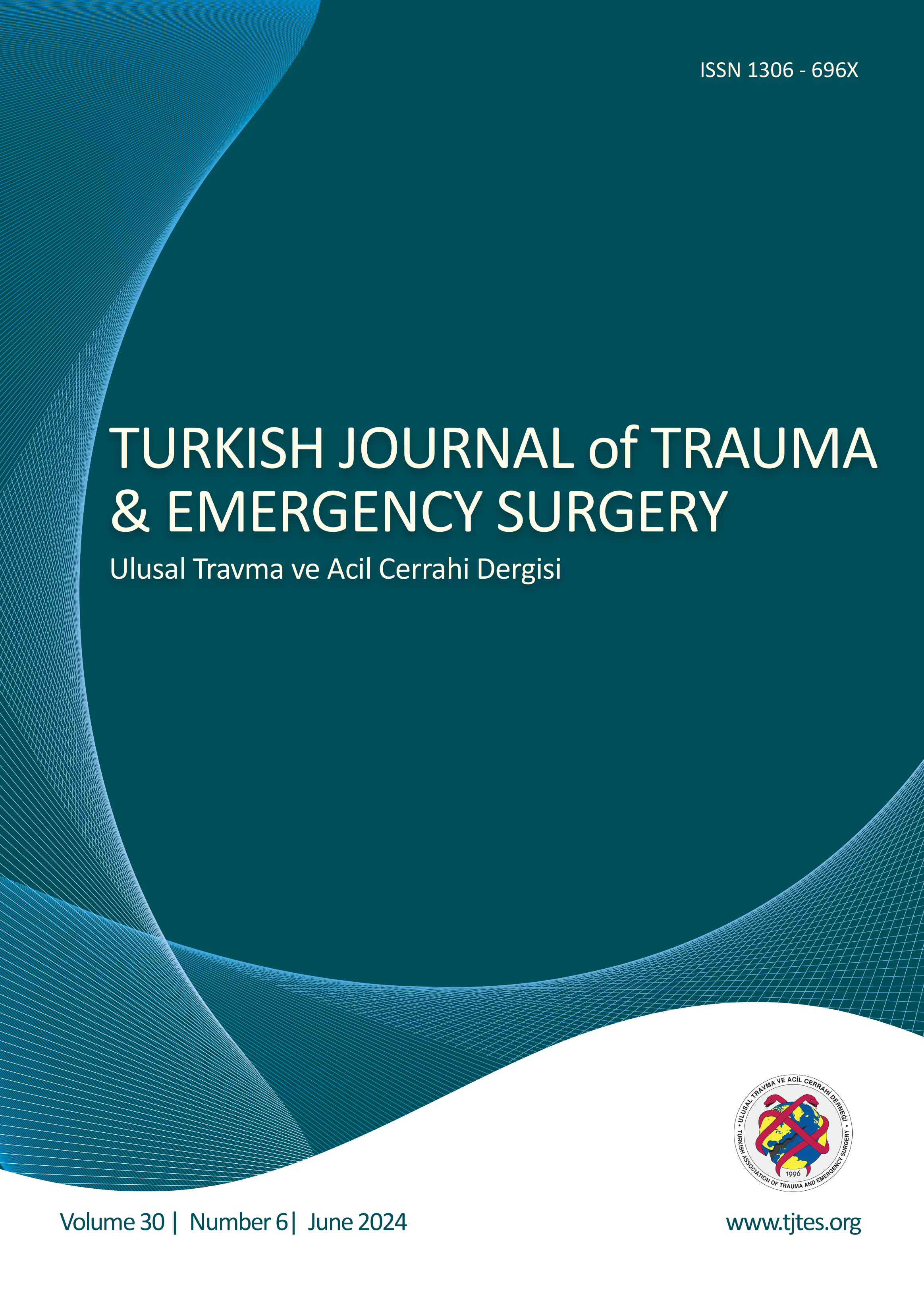Quick Search
The effect of nursing-implemented sedation on the duration of mechanical ventilation in the ICU
Canan Yılmaz, Nermin Kelebek Girgin, Nurdan Özdemir, Oya KutlayUludag University, School Of Medicine, Department Of Anaesthesiology And Reanimation, Bursa, TurkeyBACKGROUND
We aimed to compare the effects of nursing-implemented sedation protocol and daily interruption of sedative infusion on the duration of mechanical ventilation.
METHODS
Fifty patients receiving mechanical ventilation and requiring sedation in the intensive care unit (ICU) were randomly selected to receive either daily interruption of sedative infusion (Group P, n=25) or nursing-implemented sedation protocol (Group N, n=25). In Group P, daily interruption of sedative infusions without any sedation protocol was performed by physicians. In Group N, nursing-implemented sedation protocol prepared by physicians was applied. In this group, if the ideal level of sedation was not achieved, information was given by nurses to physicians. Patients in each group were compared according to demographic variables, duration of mechanical ventilation and sedation, length of stay in the ICU, and mortality.
RESULTS
Demographic variables, length of stay in the ICU and mortality were similar between the two groups. In Group P, duration of sedation and mechanical ventilation were significantly shorter than in Group N. Light sedation was seen more frequently in Group P and deep sedation in Group N.
CONCLUSION
Daily interruption of sedative infusions provided shorter duration of sedation and mechanical ventilation than nursing-implemented sedation with protocol. Although nurse-implemented sedation protocol has been found acceptable, if the number of nurses is lacking, we believe the nurse-implemented sedation protocol should not be applied.
Keywords: Daily interruption of sedation, intensive care unit; mechanical ventilation; nursing-implemented sedation.
Yoğun bakım ünitesinde mekanik ventilasyon süresi üzerine hemşire kontrollü sedasyonun etkisi
Canan Yılmaz, Nermin Kelebek Girgin, Nurdan Özdemir, Oya KutlayUludağ Üniversitesi Tıp Fakültesi, Anesteziyoloji Ve Reanimasyon Ana Bilim Dalı, Bursa, TürkiyeAMAÇ
Doktorlar tarafından hazırlanmış belli bir protokole dayalı hemşire kontrollü sedasyon ile sedasyon uygulamasına gün içi ara verilerek uygulanan doktor kontrollü sedasyonun mekanik ventilasyon süresine etkisini karşılaştırdık.
GEREÇ VE YÖNTEM
Mekanik ventilasyon tedavisi uygulanan ve sedasyon gereksinimi olan 50 hasta çalışmaya alındı. Grup Pde (n=25) herhangi bir sedasyon protokolü kullanılmadan, sedatif infüzyonuna gün içi ara verilerek, doktor kontrollü sedasyon; Grup Nde (n=25) doktorlar tarafından hazırlanmış belli bir protokole göre, hemşire kontrollü sedasyon uygulandı. Bu grupta istenen sedasyon düzeyine ulaşılamaz ise doktora bilgi verildi ve doktor tarafından ek sedatif ilaç başlandı. Hastaların demografik özellikleri, mekanik ventilasyon, sedasyon, yoğun bakım ünitesinde yatış süreleri ve mortalite karşılaştırıldı.
BULGULAR
Demografik veriler, yoğun bakım yatış süresi ve mortalite iki grupta da benzerdi. Sedasyon ve mekanik ventilasyon süresi, Grup Pde Grup Nye göre anlamlı olarak kısaydı. Hafif sedasyon Grup Pde, derin sedasyon ise Grup Nde daha sık gözlendi.
SONUÇ
Sedatif infüzyonuna gün içi ara verilerek sağlanan sedasyonun, protokole bağlı hemşire-kontrollü sedasyondan daha kısa sedasyon ve mekanik ventilasyon süresi sağladığı saptandı. Hemşire-kontrollü sedasyon, uygulanabilir bulunmasına rağmen, eğer yeterli sayıda hemşire yoksa hemşire-kontrollü sedasyon protokolünün uygulanmasının uygun olmadığını düşünmekteyiz.
Anahtar Kelimeler: Sedasyona günlük ara verilmesi, yoğun bakım ünitesi; mekanik ventilasyon; hemşire kontrollü sedasyon
Manuscript Language: English




